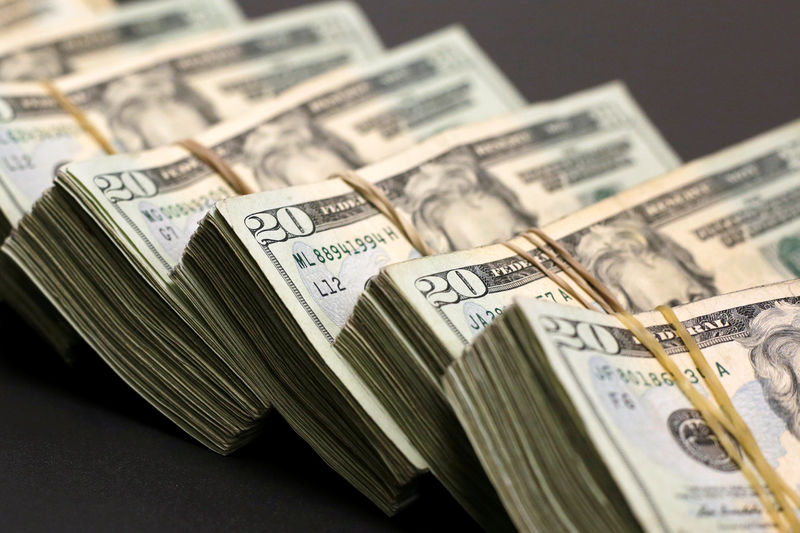By Gina Lee
Investing.com – The dollar was up on Friday morning in Asia in the run-up to the latest U.S. jobs report. The data could see the U.S. tighten its monetary policy earlier than Europe and Japan, where the prospect still remains distant.
The U.S. Dollar Index that tracks the greenback against a basket of other currencies edged up 0.12% to 92.362 by 12:41 AM ET (4:41 AM GMT).
The USD/JPY pair inched up 0.10% to 109.84.
The AUD/USD pair was down 0.24% to 0.7387 and the NZD/USD pair inched down 0.09% to 0.7046.
The USD/CNY pair inched up 0.06% to 6.4646.
The GBP/USD pair inched down 0.05% to 1.3920. The Bank of England (BOE) kept its interest rate unchanged at 0.10%, with other policy settings also remaining unchanged, as it handed down its policy decision on Thursday. The BOE did, however, outline a plan towards asset tapering and interest rate hikes in the years to come.
The Reserve Bank of India also handed down its policy decision earlier in the day.
U.S. Federal Reserve Vice Chair Richard Clarida's comments earlier in the week, where he said conditions for an interest rate hike could be met in late 2022, led to a sharper focus on the labor market’s recovery from COVID-19 and the U.S. jobs report, due later in the day.
"It certainly feels this is a big jobs report that carries real meaning," both for the economy and rates, Pepperstone head of research Chris Weston told Reuters.
Should the number exceed a million, it could send the dollar and U.S. yields sharply higher, while a number under 650,000 could rattle nerves, though perhaps not the dollar if it benefits from investors' risk-aversion, he added.
Investors also digested a mixed back of U.S. economic data released earlier in the week. The data, released on Wednesday, said the ADP non-farm employment change was at 330,000 in July, the services purchasing managers' index (PMI) was 59.9, the Institute of Supply Management (ISM) non-manufacturing employment was at 53.8 and the ISM non-manufacturing PMI was at 64.1.
However, investors cheered a drop in U.S. initial jobless claims, with 385,000 claims submitted during the past week.
Although the riskier Antipodean currencies retreated as the greenback strengthened, the New Zealand dollar was poised to be the best performing G10 currency as the week ends. Expectation is also growing that the Reserve Bank of New Zealand will hike interest rates at its next meeting on Aug. 18.
Its Australian counterpart was stuck in a range, however. Even a record trade surplus nor a surprisingly hawkish tone from the Reserve Bank of Australia as it handed down its policy decision earlier in the week were enough to pull it out.
